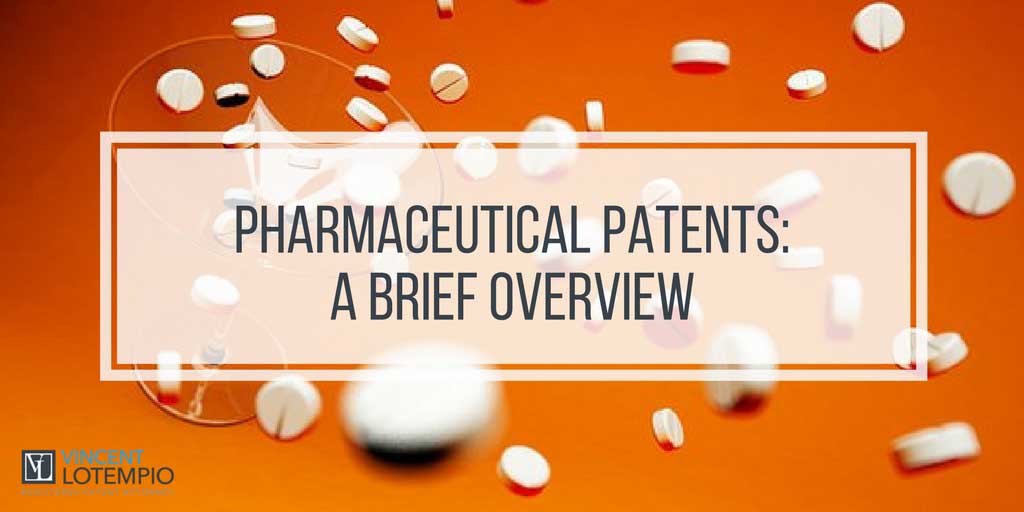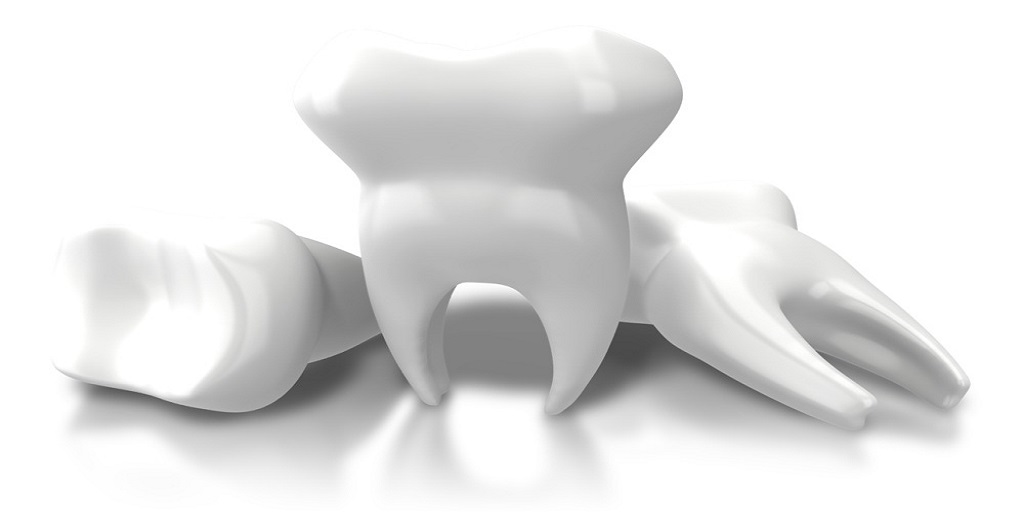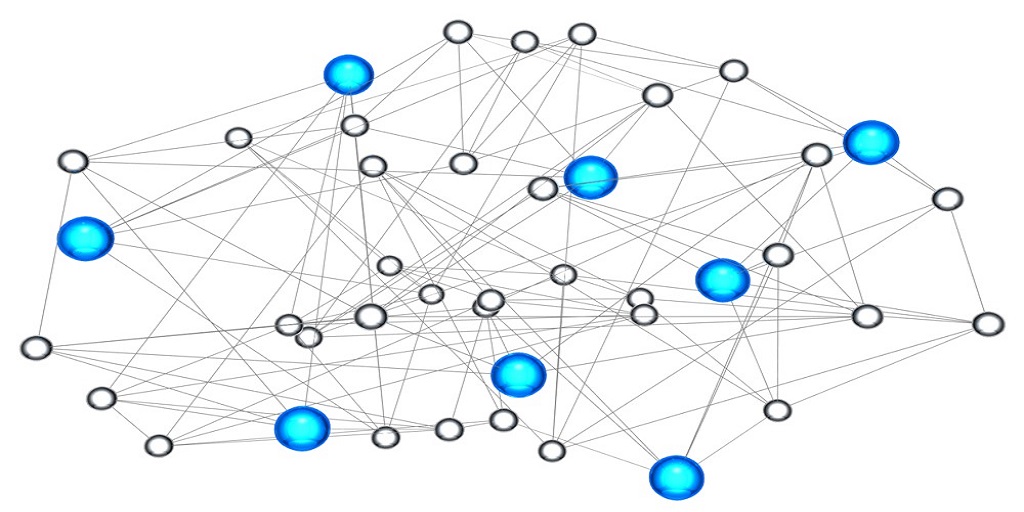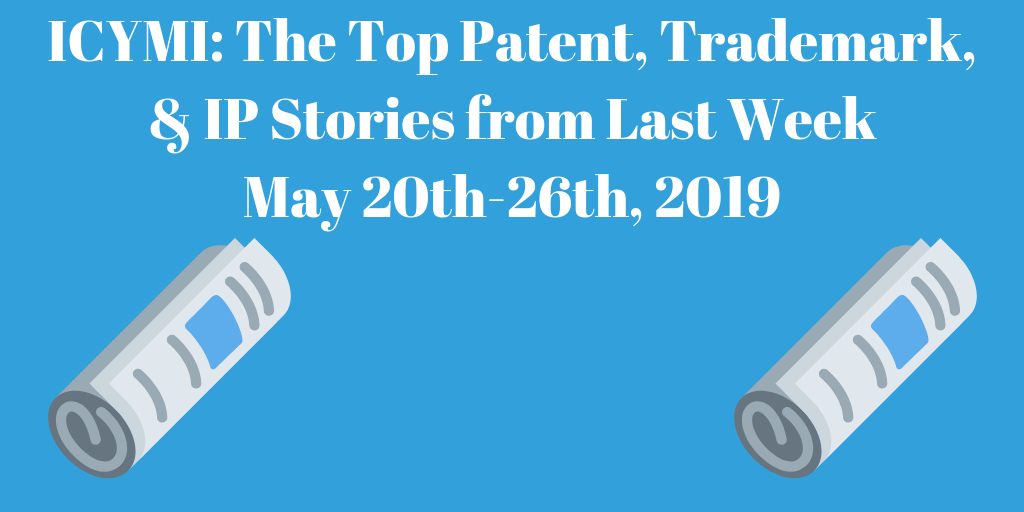Pharmaceutical Patents, A Brief Overview
In today’s modern society, pharmaceutical drugs are indispensable to the health of millions world-wide. From enhancing the quality of life to curing some of the deadliest sicknesses, drugs are one of the most important inventions ever to be created.
But who has rights over the distribution and manufacture these remarkable creations?
The exclusive right to use, make, or sell pharmaceutical products or drugs belong to whoever owns the patent for about 20 years or so. However, creating a new and viable drug is expensive and time consuming. Research alone can amount to millions upon millions of dollars. Thus, it is vital that one obtains a utility patent to recoup the loss of research expenditures.
What is a utility patent?
A utility patent confers negative rights to an inventor who creates a functional invention. But many requirements must be satisfied before one can obtain a patent, including that the invention be patentable subject matter. Patentable subject matter under 35 U.S.C. sec. 101 include:
– Processes
– Machines
– Articles of manufacture
– Compositions of matter
– Improvements to an invention
Additionally, some pharmaceutical products also require approval by the Food and Drug Administration (FDA) before manufacturers can sell and distribute their products to the public. Approval mandates that the product is safe for use. However, adequate testing and research required for FDA approval may take up to 10 -15 years, leaving manufacturers with very little time to profit from their labor. Fortunately, the Hatch-Waxman Act (more formally known as the Drug Price Competition and Patent Term Restoration Act) provides manufacturers with a few additional years under certain circumstances.
The Hatch Waxman Act.
In addition to providing a few extra years to a patent’s life, the Hatch-Waxman Act also affects many aspects of the pharmaceutical industry, especially manufacturers of generic drugs. Generally, generic drugs require FDA approval before they can enter the market. However, when patent rights for the innovator drug (or brand named drugs) are still valid, companies who attempt to produce a generic version of the innovator drug cannot do so without incurring infringement. This would mean that generic drugs companies can only begin developing generic drugs after the patent expires.
However, the Hatch-Waxman act provides a safe harbor under certain circumstances. The Hatch-Waxman act amended 35 U.S.C. § 271 (e)(1) so that a party will not infringe when they make, use, offer to sell, or sell a patented invention “solely for uses reasonably related to the development and submission of information under a Federal law which regulates the manufacture, use, or sale of drugs.” The scope of §271(e)(1) was determined in Merck KGaA v. Integra Lifesciences I, Ltd., where the court found that “exemption from infringement extends to all uses of patented inventions that are reasonably related to the development and submission of any information under the FDCA.” 125 S.Ct. 2372, 2381 (2005).
Facilitation of drug development.
The Hatch Waxman Act facilitates production of generic drugs by reducing the amount of FDA requirements. After a manufacturer of a generic drug files an Abbreviated New Drug Application (ANDA), the requirements to manufacture generic drugs do not require pre-clinical testing and clinical testing to demonstrate efficacy. Instead, generic drug companies are required to prove that their product is a bio-equivalent to the innovator drug.
The Hatch Waxman Act also requires the FDA to publish the Approved Drug Products with Therapeutic Equivalence Evaluations, or more commonly known as the Orange Book. The Orange Book is a collection of drugs approved by the FDA and deemed as safe and effective.
Issues that arise after a patent’s issuance.
Under 35 U.S.C. § 282, a patent “shall be presumed valid” after its issuance. However, the patent can still be invalidated through examination process such as inter partes review or post grant review.
Inter partes review and the Broadest reasonable interpretation standard.
In 2011, the Leahy Smith American Invents Act introduced a proceeding called inter partes review. Inter partes review allows a party to challenge the validity of an issued patent on the basis of patentability through the Patent Trial and Appeal Board (PTAB). Such challenges can include novelty (35 U.S.C. § 102) or non-obviousness (35 U.S.C. § 103).
The scope and extent of the PTAB’s authority to invalidate patents was discussed in the Supreme Court case, Cuozzo Speed Technologies LLC v. Lee, 136 S.Ct. 2131 (2016). There, the Court held that the PTAB has discretion to use the broadest reasonable interpretation when reviewing patent claims. Id. at 2142. The resulting decision can have major implications on the pharmaceutical industry since a broad interpretation will more likely invalidate patent claims.
This has a significant implications for pharmaceutical companies because parties can now challenge the patent validity of widely recognized drugs and medication. Once a patent is invalidated, pharmaceutical companies may possibly lose their rights to exclude others from manufacturing a drug after spending a significant amount of time and money on research. This can result in pharmaceutical companies failing to recoup the expense of producing the drug.
Possible Effect on the Pharmaceutical Industry
One may speculate that the frequency of parties attempting to invalidate patents of widely recognized drugs will increase after Cuozzo. However, the decision in Cuozzo is still very recent, so it may be too early to identify any discernible trends.




